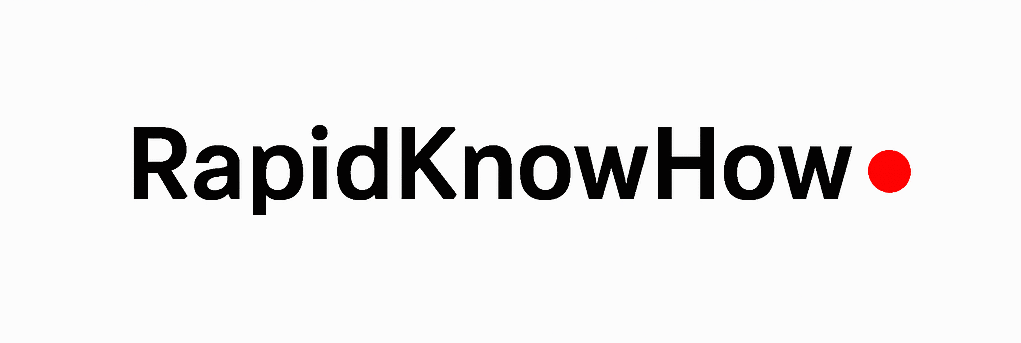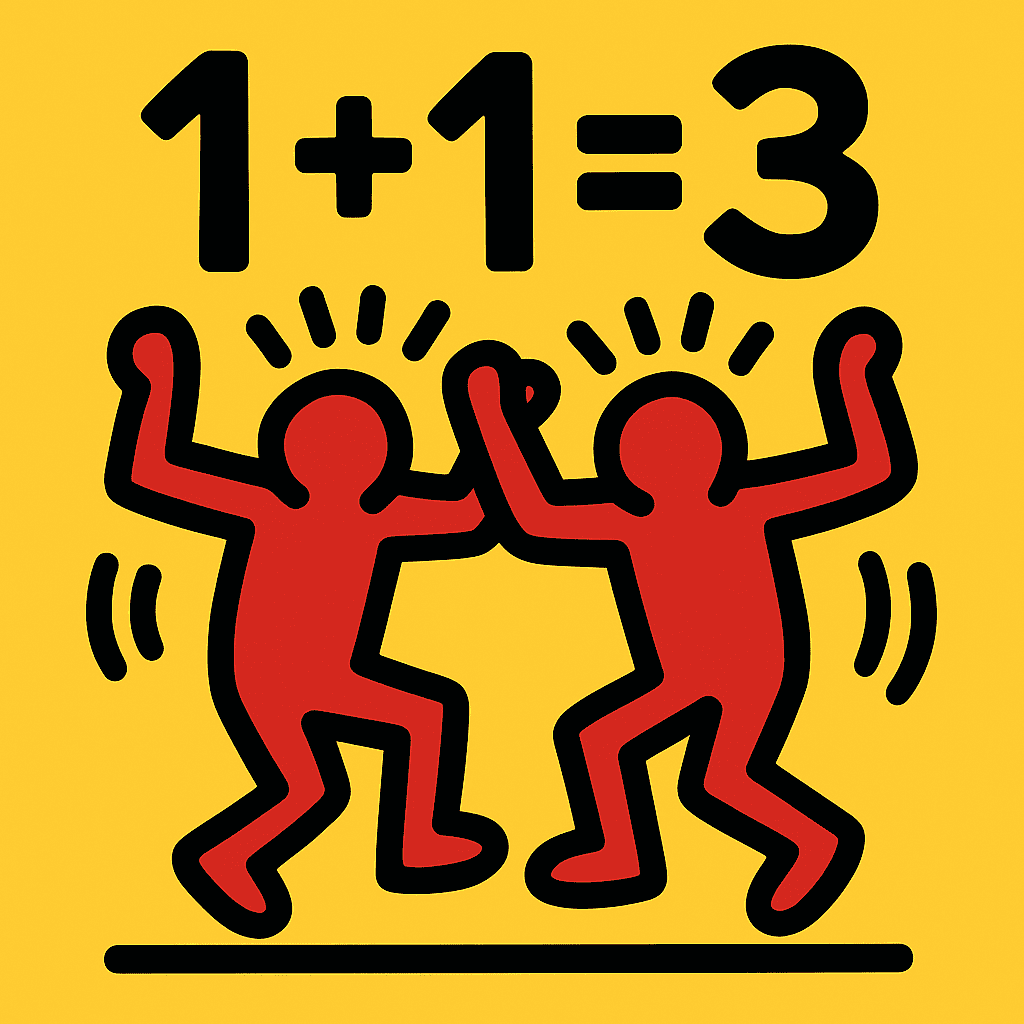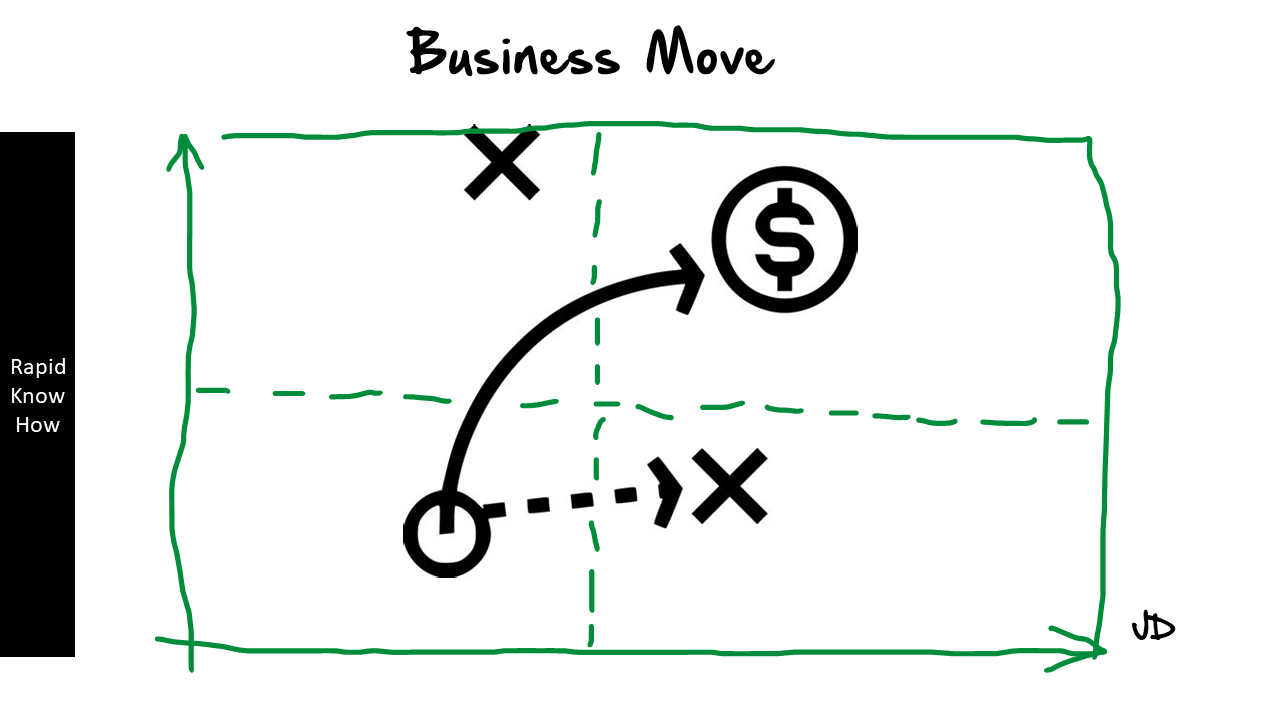1. ✅ Real Cause
In 1990, U.S. Secretary of State James Baker assured Soviet leader Mikhail Gorbachev that NATO would move “not an inch eastward” if Germany were reunified. This informal understanding shaped Russia’s strategic expectation that NATO would not expand into former Eastern Bloc territories.
Despite this, NATO expanded step by step:
- 1999: Poland, Hungary, Czech Republic
- 2004: Baltic States, Romania, Bulgaria, Slovakia, Slovenia
- 2008: NATO declaration that Ukraine and Georgia “will become members”
- From Russia’s view: This was a breach of strategic trust and a direct security threat.
2. 👥 Actors
- NATO / USA – Strategic and military planners, State Department, Pentagon
- Russia – Kremlin leadership, military, security apparatus
- Ukraine – Pro-Western and pro-Russian political blocs, oligarchs
- EU – Political expansionists, energy security planners
- NGOs / Think Tanks – Driving regime change, civil society reforms
- Defense and Energy Industries – Fueling interests through militarization and control
3. 🧠 Strategies
- USA/NATO: Expand Western influence and deterrence eastward; integrate Ukraine into Western political, economic, and military systems.
- Russia: Prevent NATO encirclement; maintain a buffer zone via Ukraine.
- EU: Promote market access and political transformation via Association Agreements.
- Ukraine: Navigate between East and West; internal elites exploit both alliances.
- NGOs/Media: Influence opinion, amplify revolutions, legitimize Western alignment.
4. 🎯 Actions
- 1991–2004: Support for “color revolutions” (e.g., Georgia, Ukraine).
- 2004: Orange Revolution – West supports democratic protest; Russia sees interference.
- 2008: NATO’s Bucharest Summit promise to Ukraine and Georgia.
- 2014: Euromaidan Uprising → Yanukovych ousted → Crimea annexed by Russia.
- 2014–2021: Donbas war, Minsk Agreements fail, arms buildup continues.
- 2022: Full-scale Russian invasion of Ukraine.
- 2022–2025: Hybrid warfare intensifies; West sends arms, money, intelligence; Russia entrenches militarily.
5. ⚔️ Conflict
- Political: Ukraine caught between geopolitical poles.
- Military: Proxy war evolves into direct war.
- Economic: Sanctions, energy wars, infrastructure destruction.
- Informational: Disinformation campaigns on all sides.
- Humanitarian: Millions of refugees, tens of thousands dead.
6. 📉 Result
- Ukraine: Fragmented, militarized, and deeply reliant on Western aid.
- Russia: Sanctioned, isolated, but still entrenched.
- NATO: Expanded and reactivated politically.
- EU: Deeper economic and political entanglement.
- Global: Emergence of a New Cold War with global implications (China, BRICS, etc.)
7. 🔍 Deep Insight
- Baker’s “Not an Inch” promise was never codified but geopolitically significant.
- Western expansion was perceived by Moscow not as benign, but as existential encroachment.
- The failure to build an inclusive European security architecture post-1991 created the breeding ground for conflict.
- Russia’s brutal actions do not erase the strategic miscalculations of the West.
8. 📚 Learning Points
- Broken geopolitical promises can ignite decades-long escalations.
- Security is not absolute; it is reciprocal – ignoring one side’s fears leads to war.
- Expansion without dialogue breeds resistance, not peace.
- Hybrid war includes energy, media, finance, and alliances – not just tanks.
- Ukraine became both a prize and a pawn – and suffers the consequences most.





